Engineer | Phd Student | Plant ecology and ecophysiology | Forest | Vascular plants | Bryophytes | Microclimate ecology | Historical ecology
Reposted by Fabien Spicher

Proposes that employing an effective proxy for non-experts could enhance the evaluation of many local and regional conservation initiatives 📑🧪
🔗 doi.org/10.1111/1365...




#Umr_edysan #phdlife #microclimat #work_passion
Reposted by Fabien Spicher, Romain Bertrand


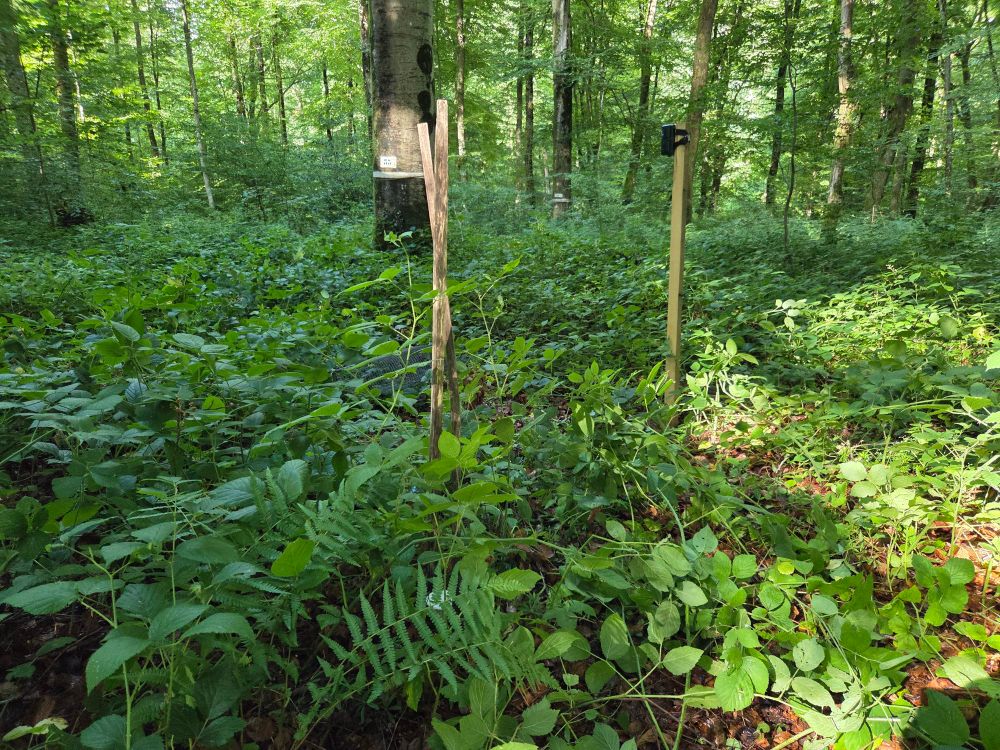
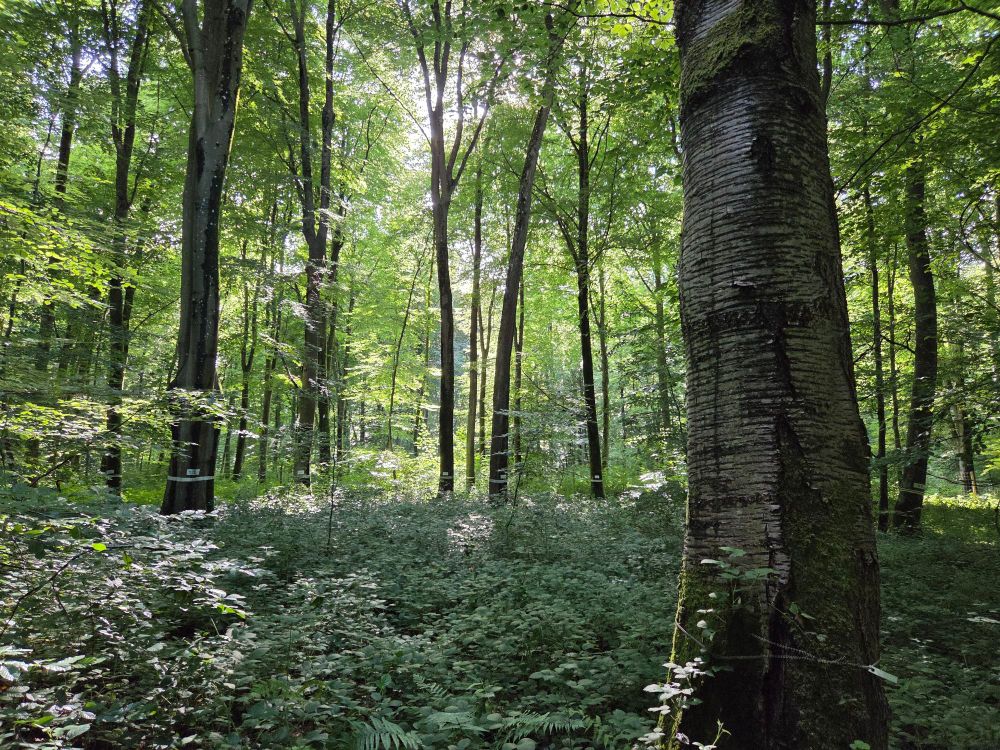
Paired w/ soundscape loggers 🦉🦇 installed by Kevin Darras
#PEPR #FORESTT PC #MONITOR Tasks 3.1 & 3.2 to feed models from Task 3.4 🛰🌳🌐🧪
Reposted by Pieter De Frenne, Fabien Spicher
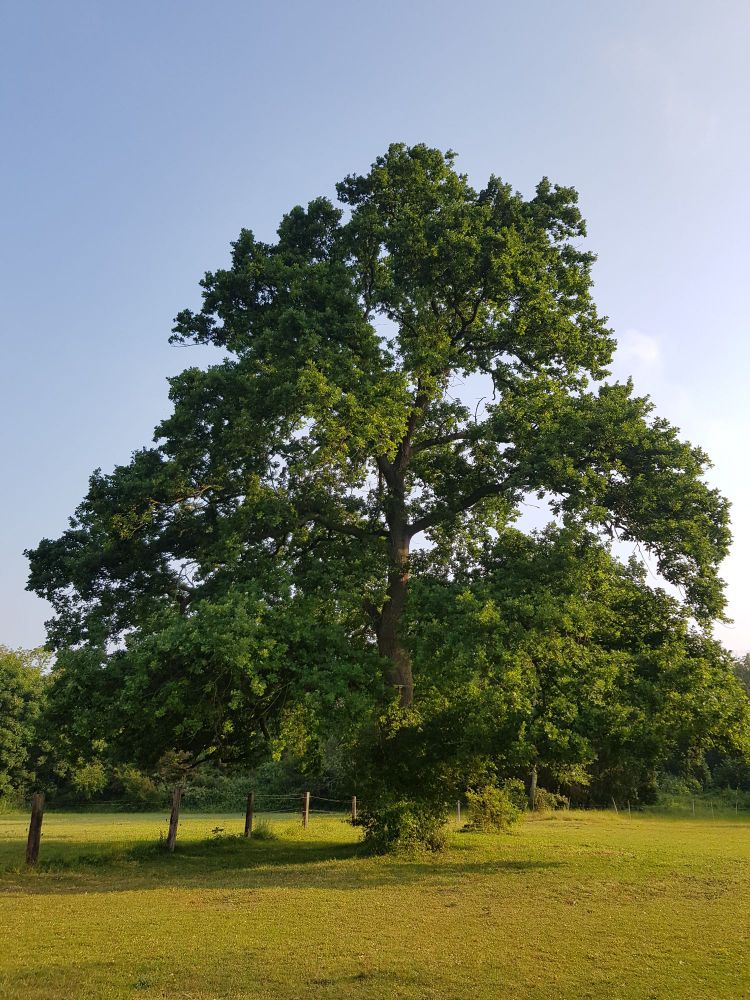
We used terrestrial lidar scanning #TLS & scanned 215 #LSTOFs along rural to urban gradients across 9 🇪🇺 cities to assess their woody volumes 🧪🌐🍁
Below is one #LSTOF near Amiens 🇨🇵
shorturl.at/hEzfv
Reposted by Pieter De Frenne, Fabien Spicher, Karen De Pauw
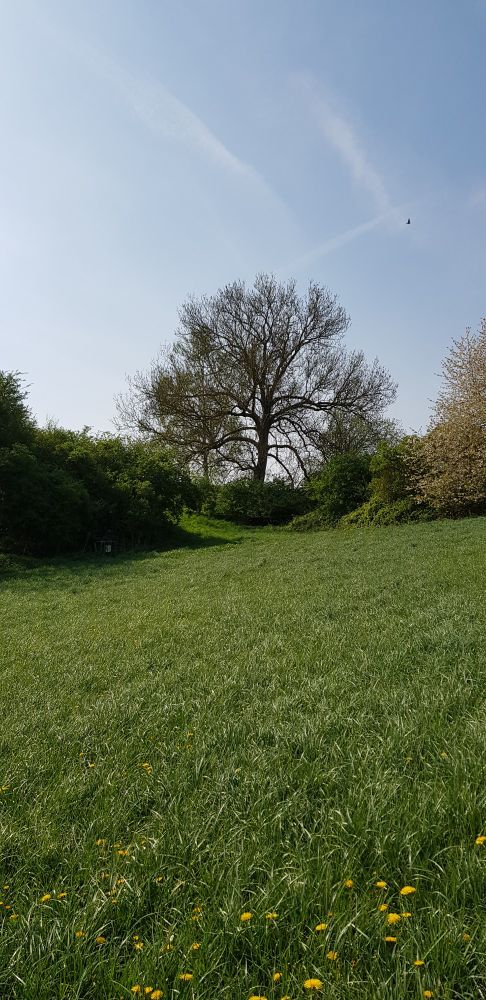
shorturl.at/3xPRd
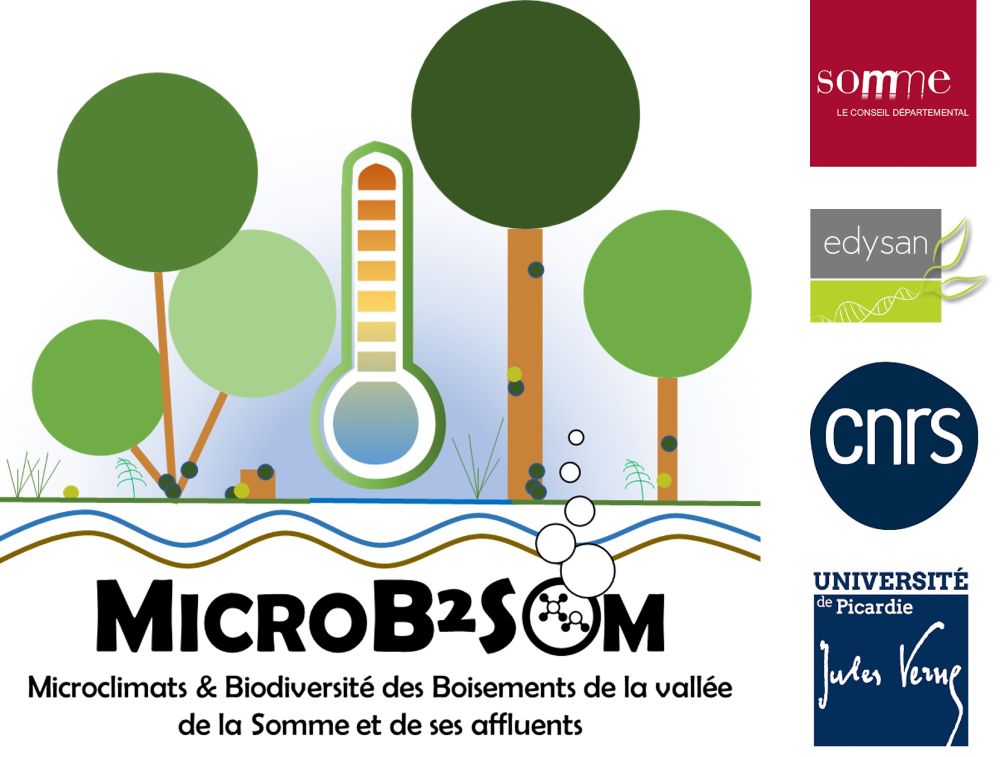
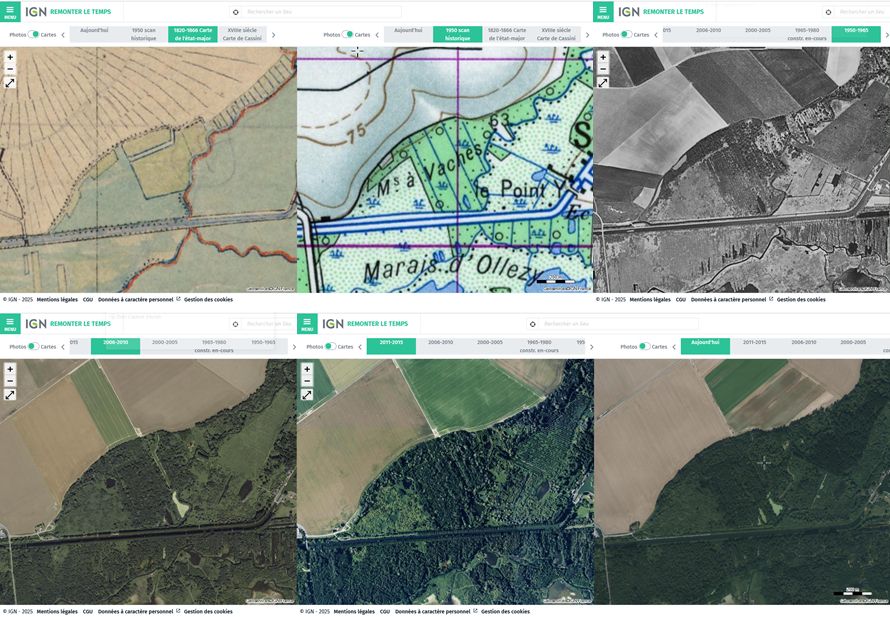

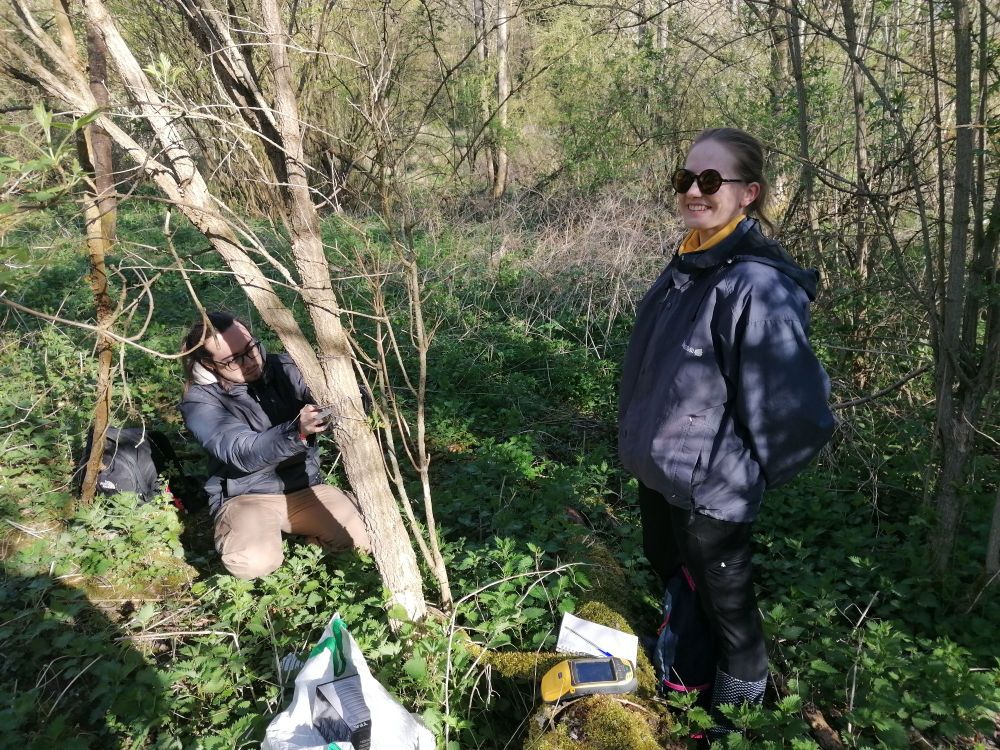
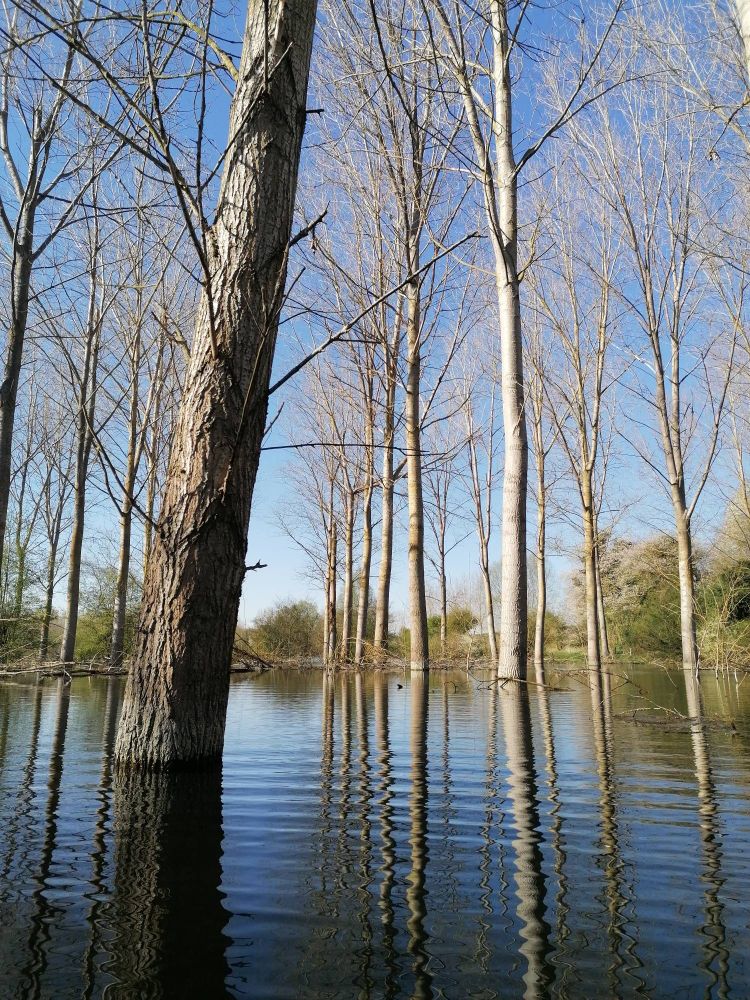
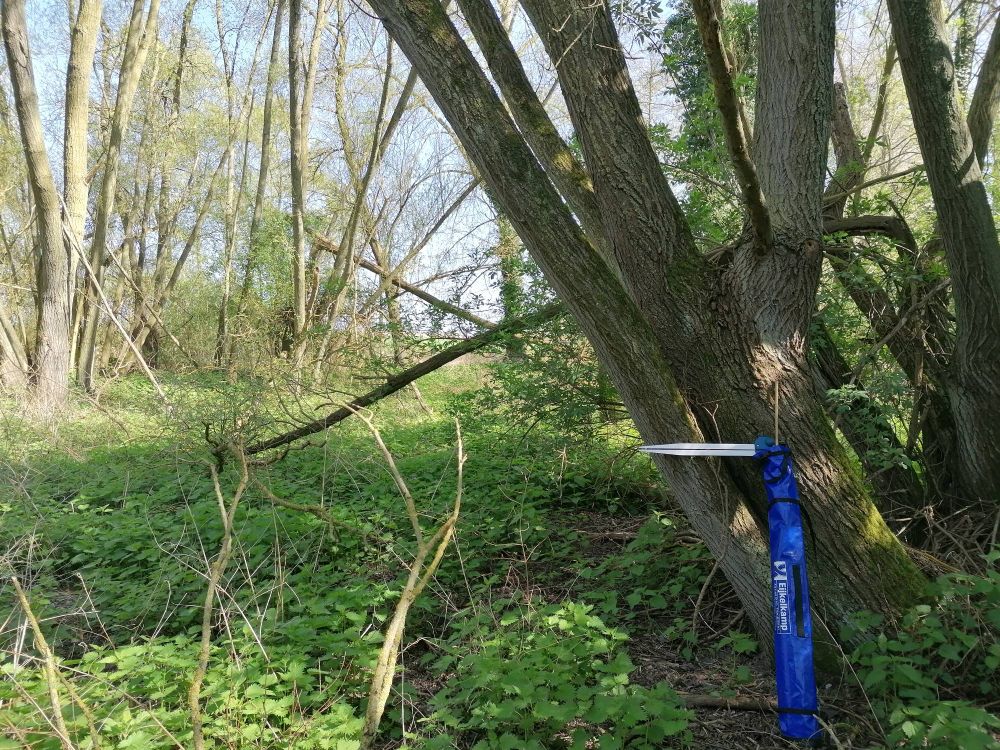
Each plot is equipped with a microclimatic sensor and will be subject to dendrometric and floristic surveys (vascular plants and bryophytes).
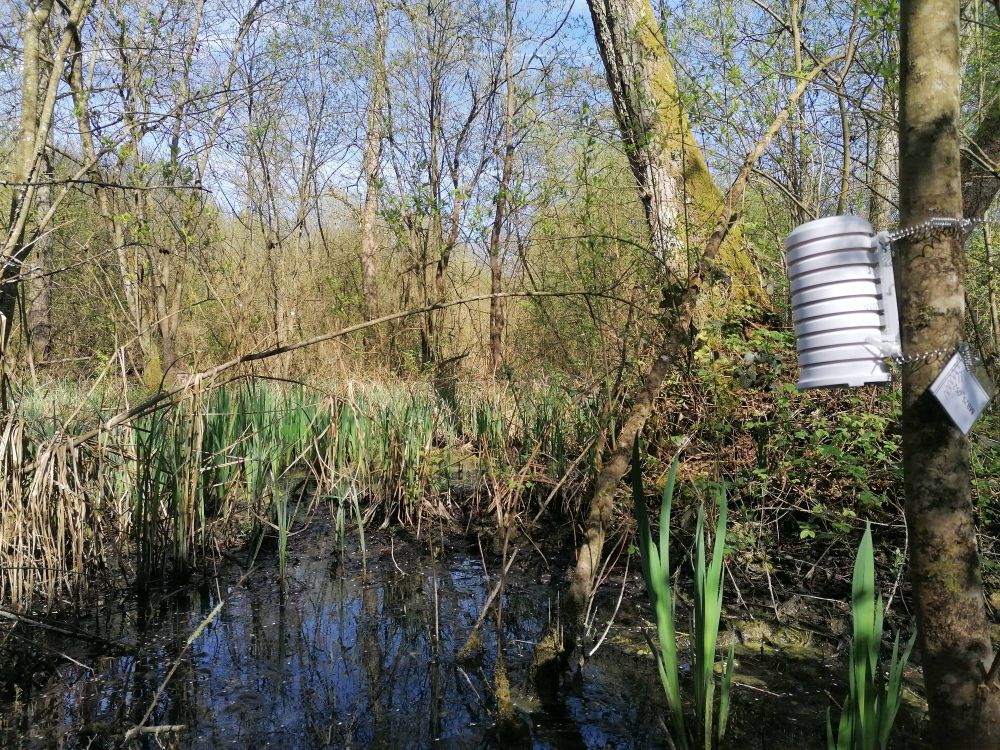

Reposted by Fabien Spicher
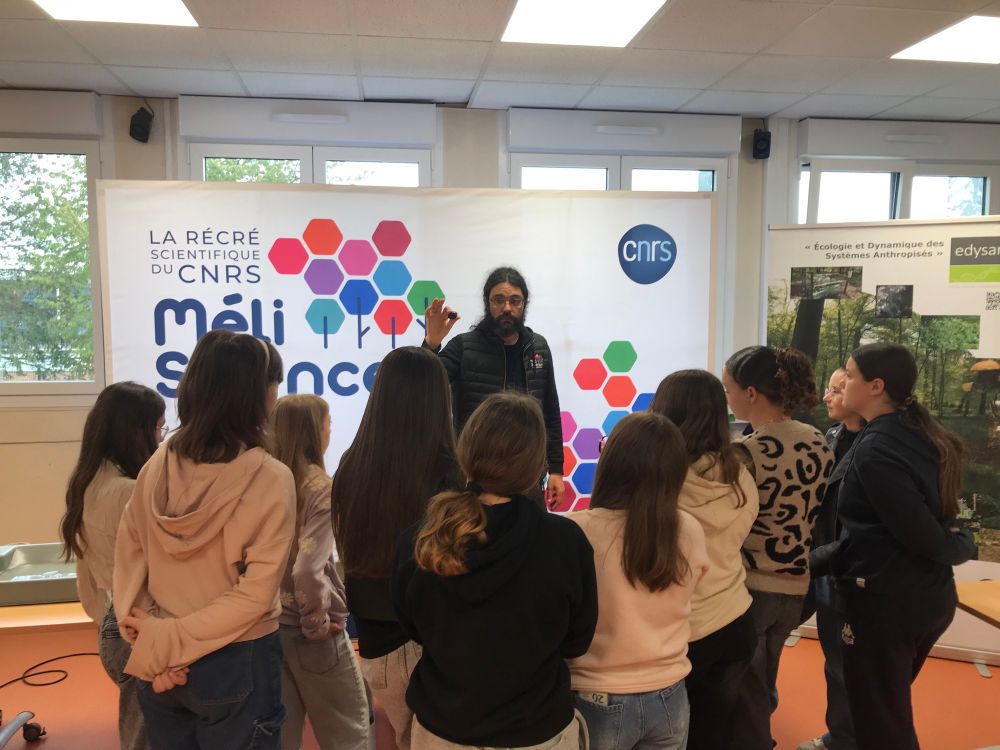

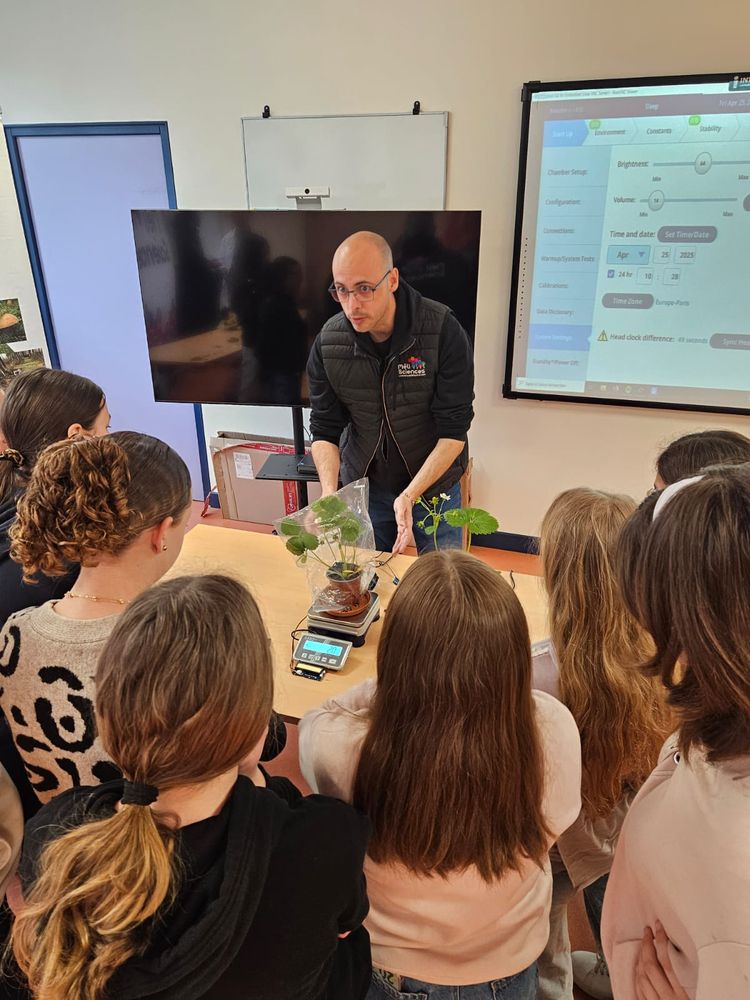
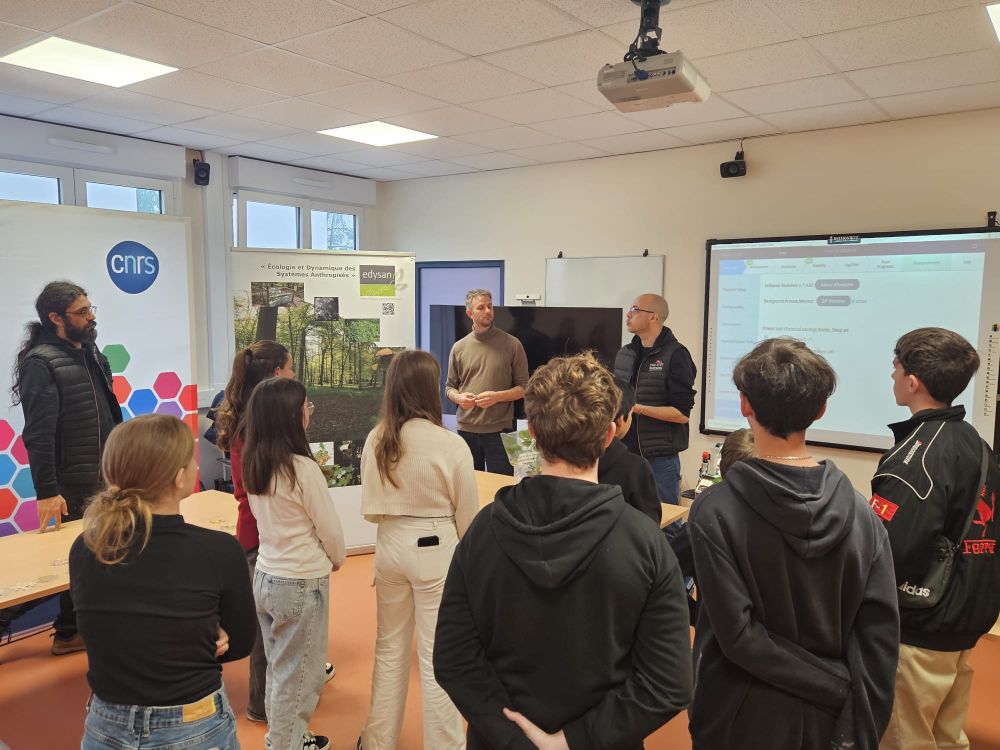
Au collège Compère Morel de Breteuil, les écologues d’ #EDYSAN présentent aux élèves les super pouvoirs de l’eau 💧 et des plantes 🌸☘️
Reposted by Fabien Spicher
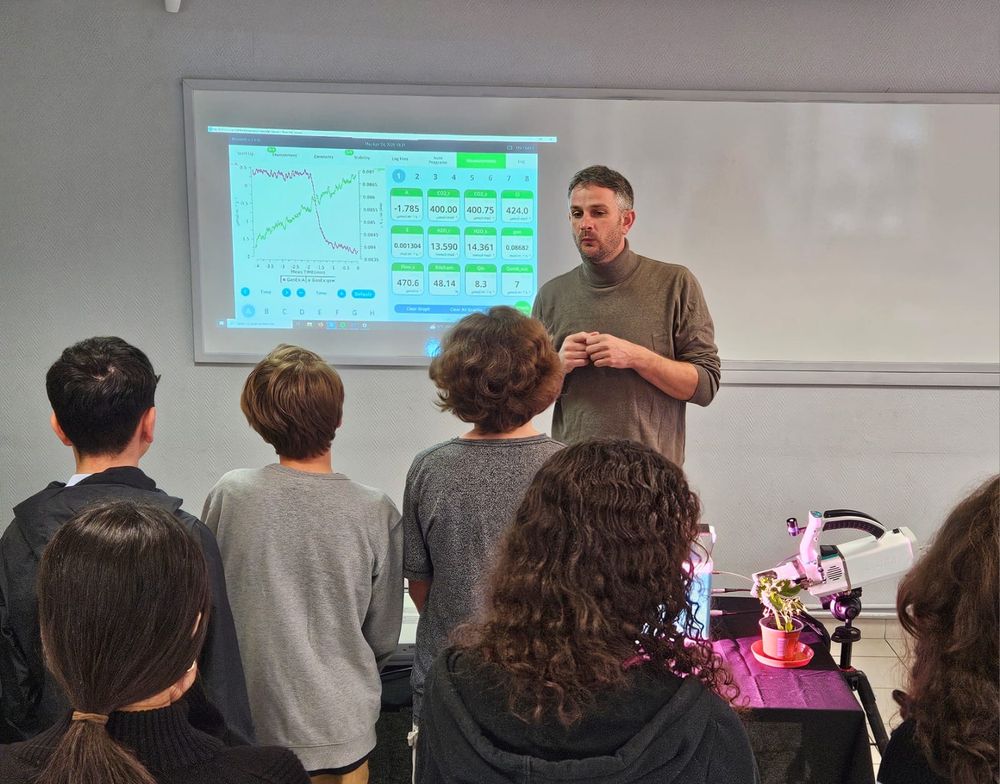
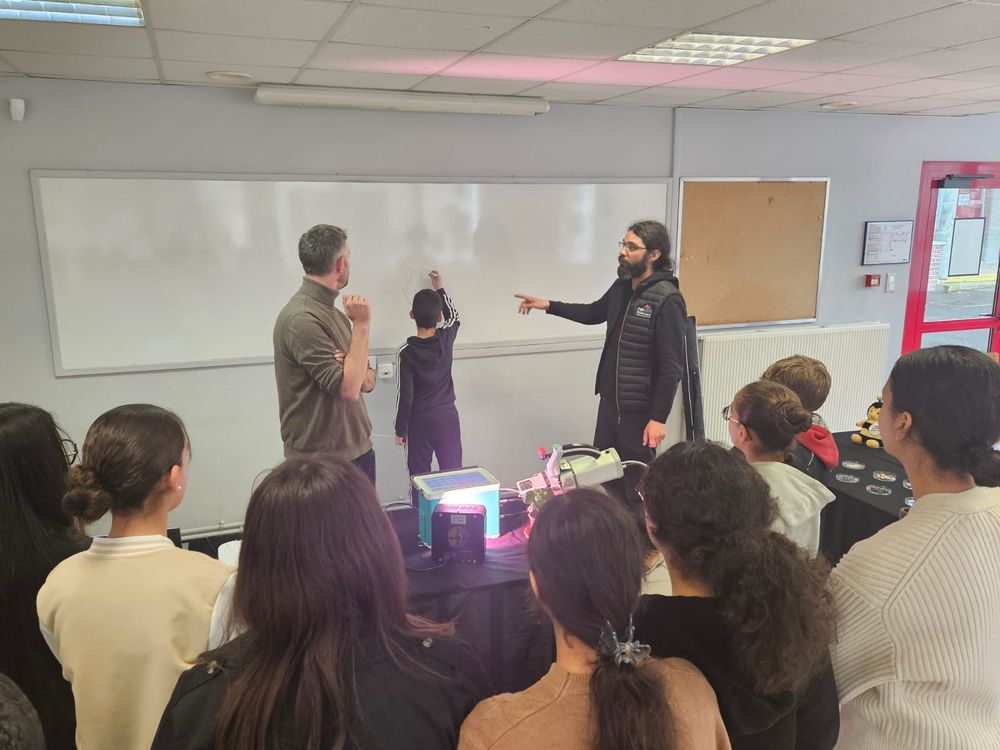


@fspicher.bsky.social, @fgandiaga.bsky.social et Thomas Kichey invitent les élèves à expérimenter et comprendre le rôle de l’eau dans les écosystèmes forestiers 🌲🌱
@jonlen.bsky.social
Reposted by Fabien Spicher

Reposted by Fabien Spicher
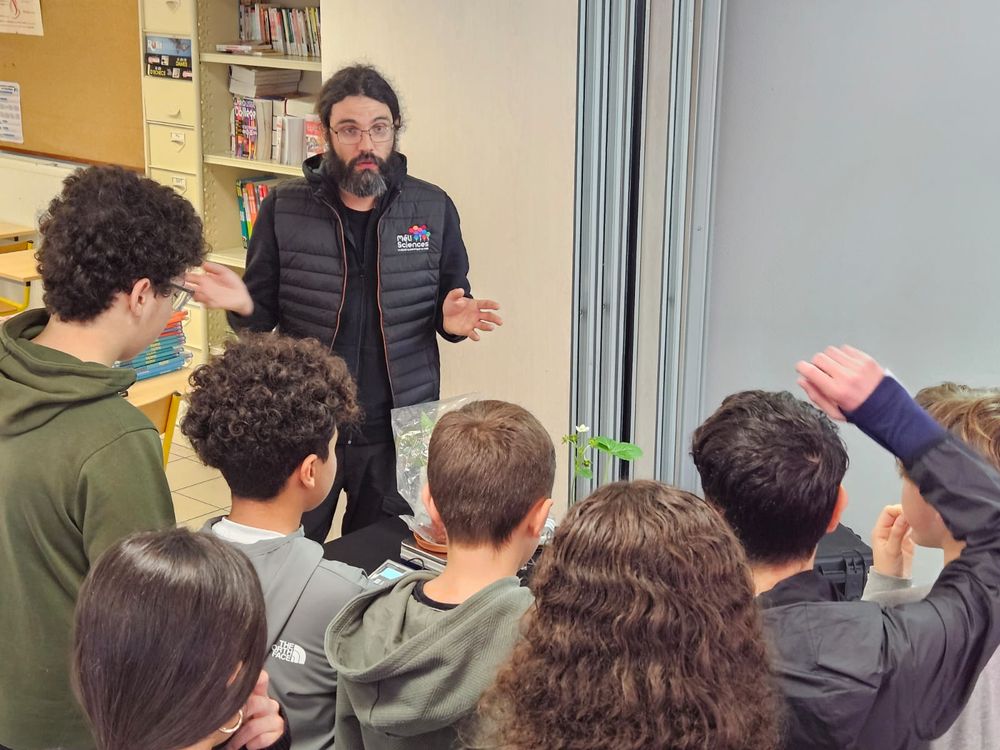

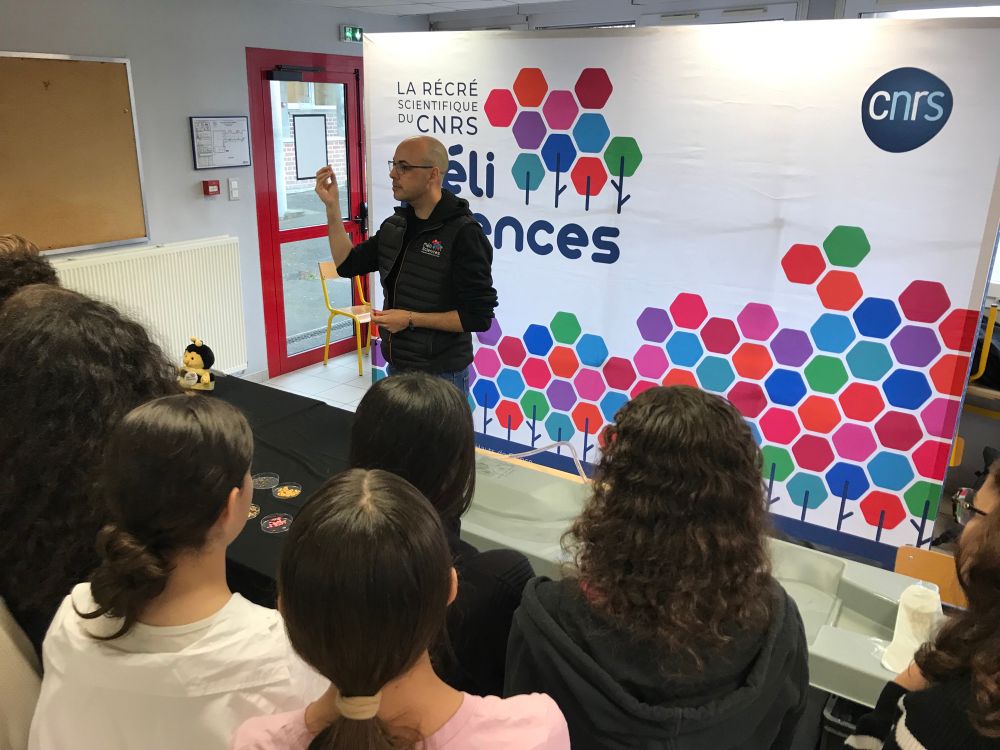
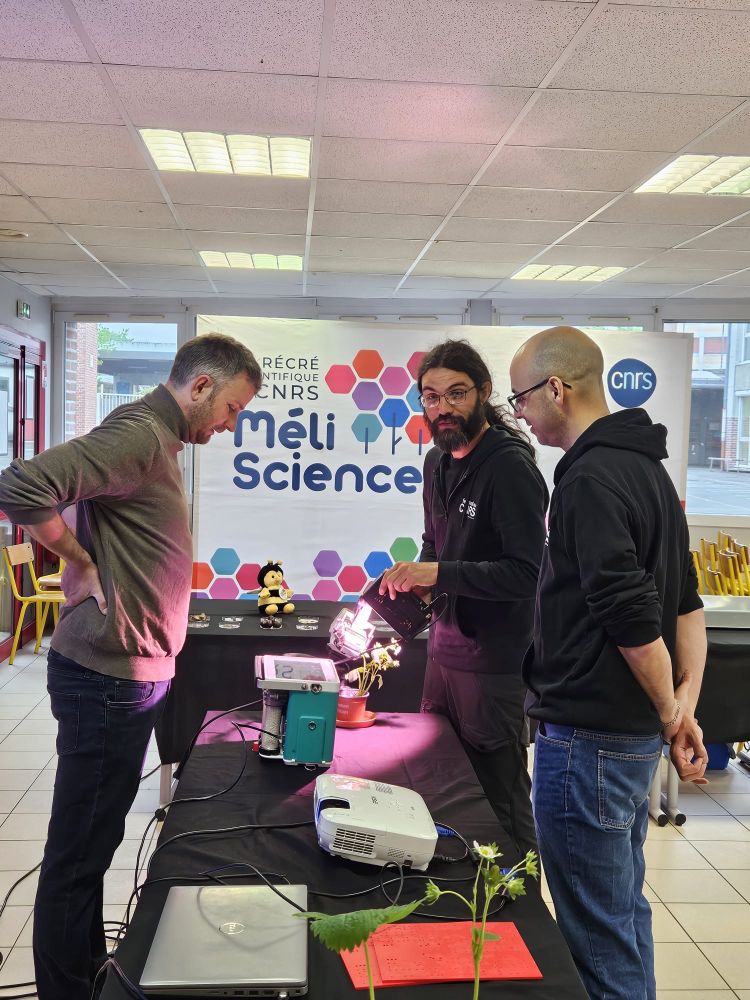
Les élèves explorent les étonnantes capacités des plantes et des graines au contact de l’eau 🪴
@cnrsecologie.bsky.social @upjv-univ.bsky.social
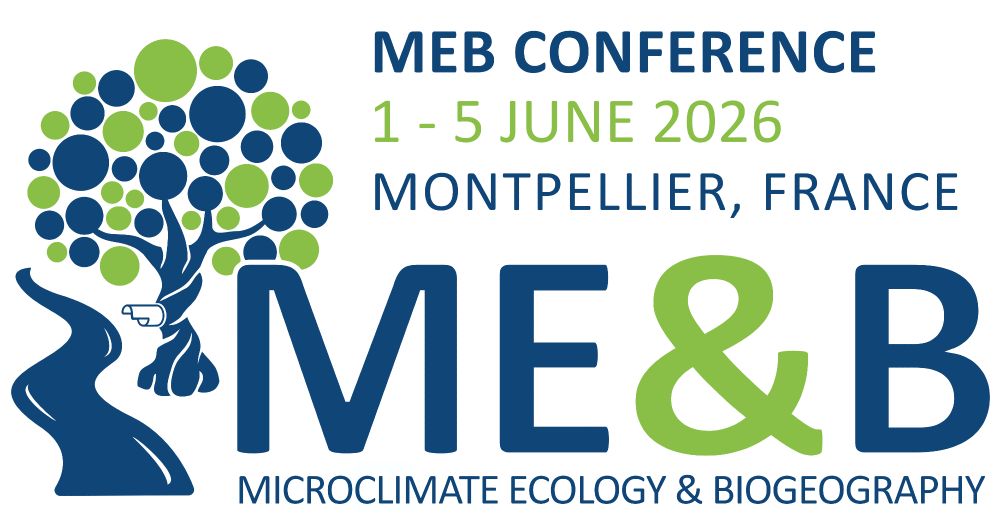
meb-network.com/meb-2026/
Microclimate scientists: save the date in your agenda!!
Reposted by Eva Gril
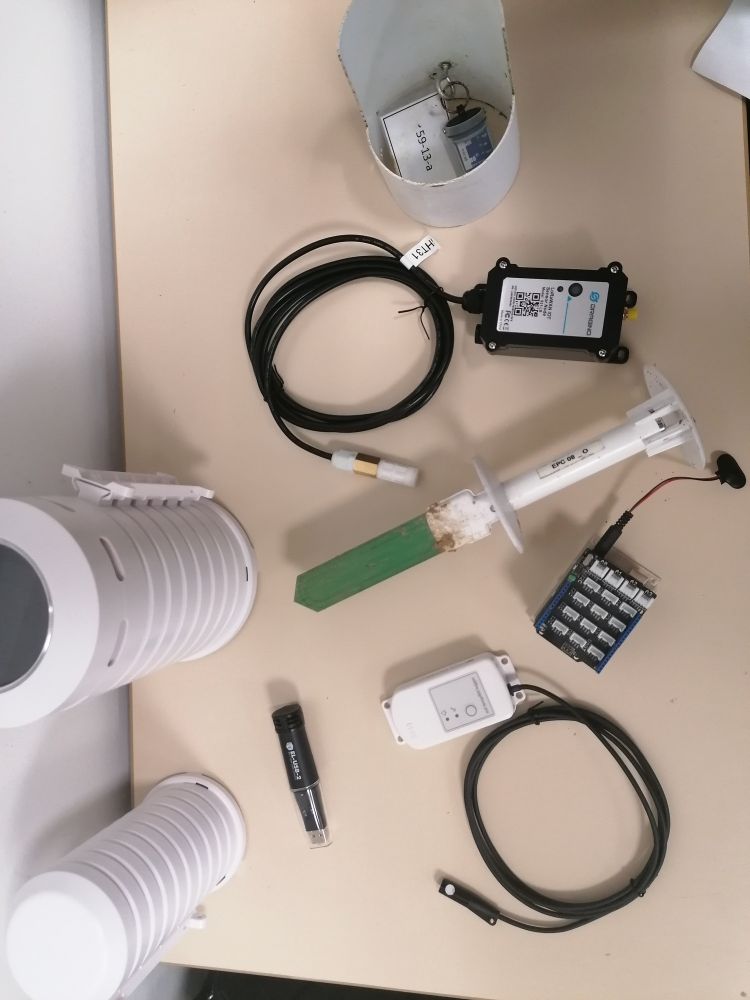
In our studies on #microclimate we often wonder about the best technical solution.
It's hard to make a choice... 🤔
Here some systems used or which will be evaluated.
Don't hesitate to follow our past and future studies!
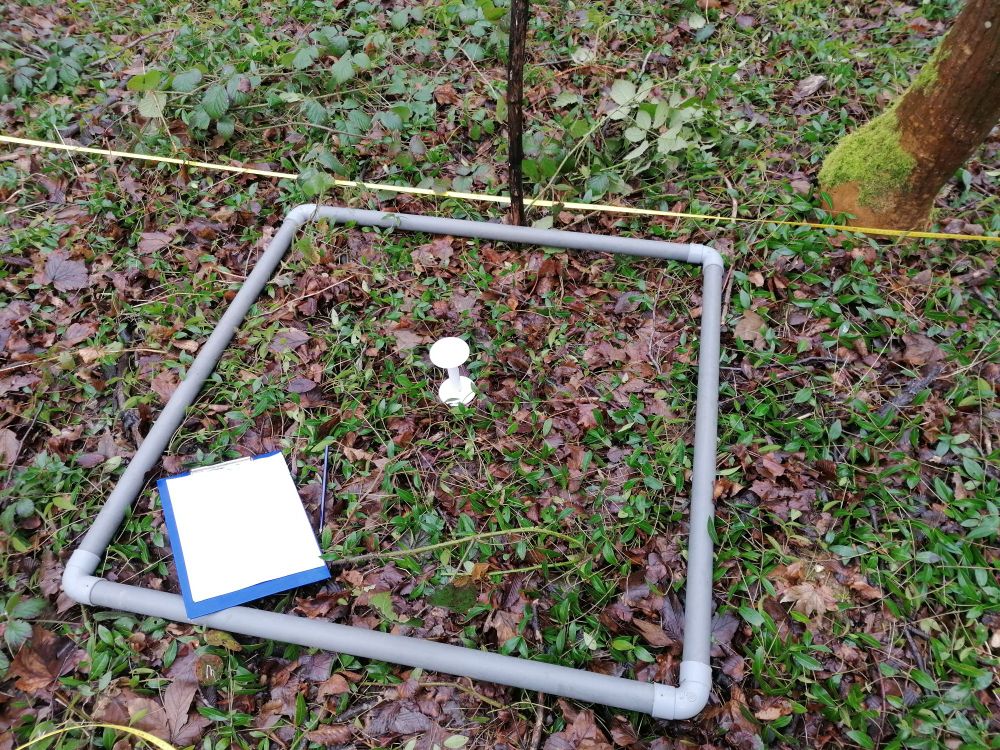

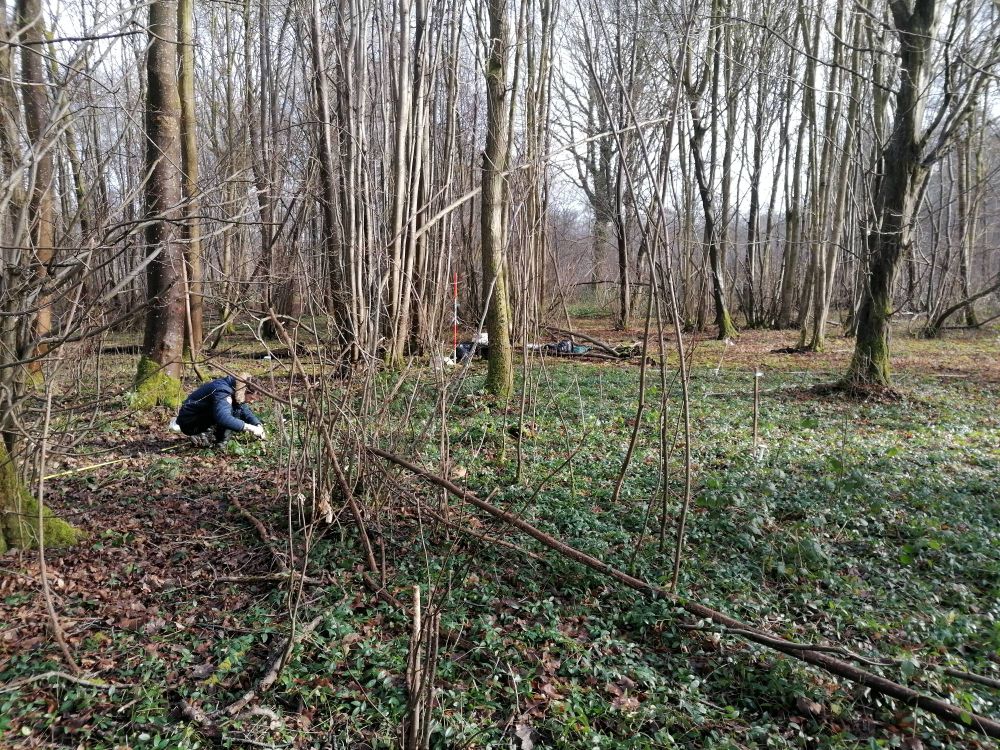
Reposted by Koenraad Van Meerbeek, Fabien Spicher
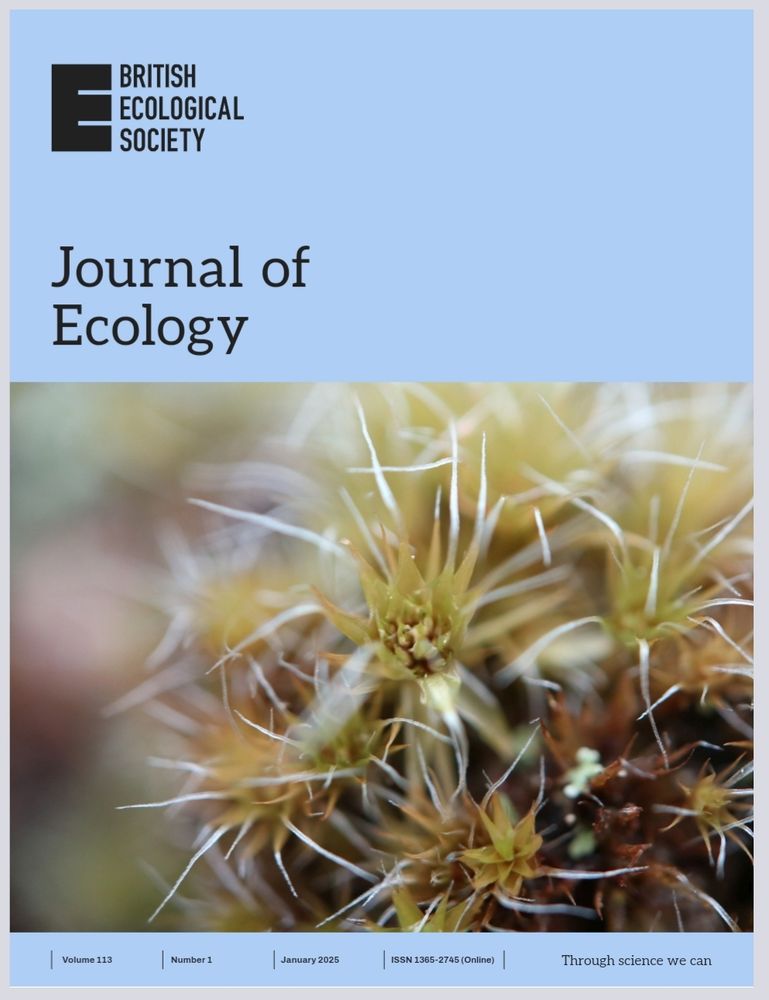
Picture from Eva Gril
@journalofecology.bsky.social
shorturl.at/LVS7F
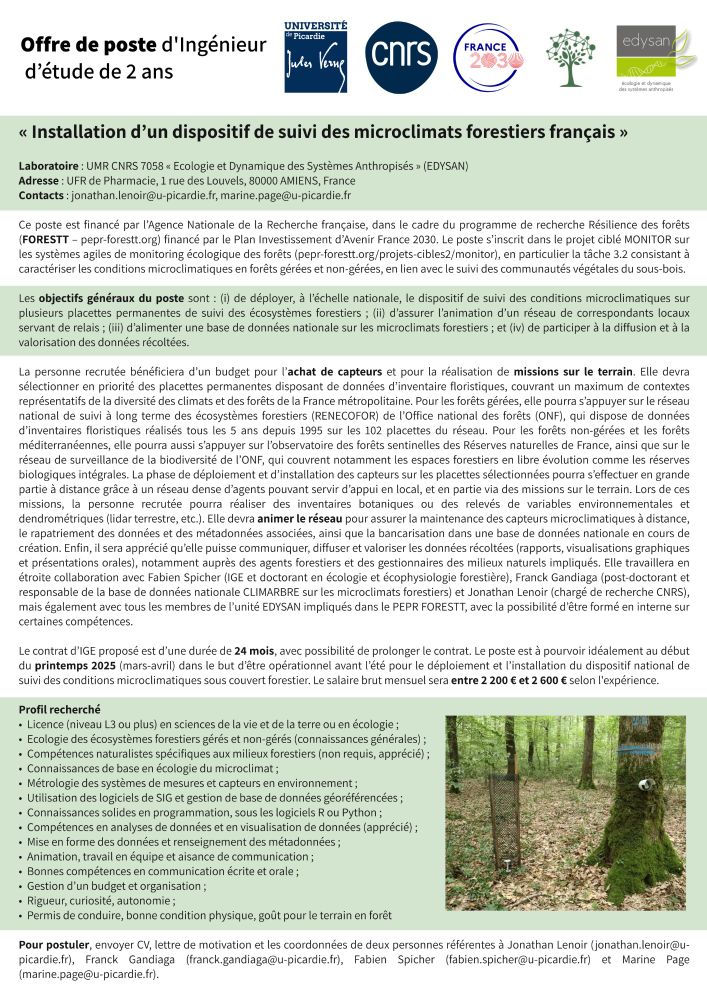
🌐🍁🧪
Reposted by Fabien Spicher
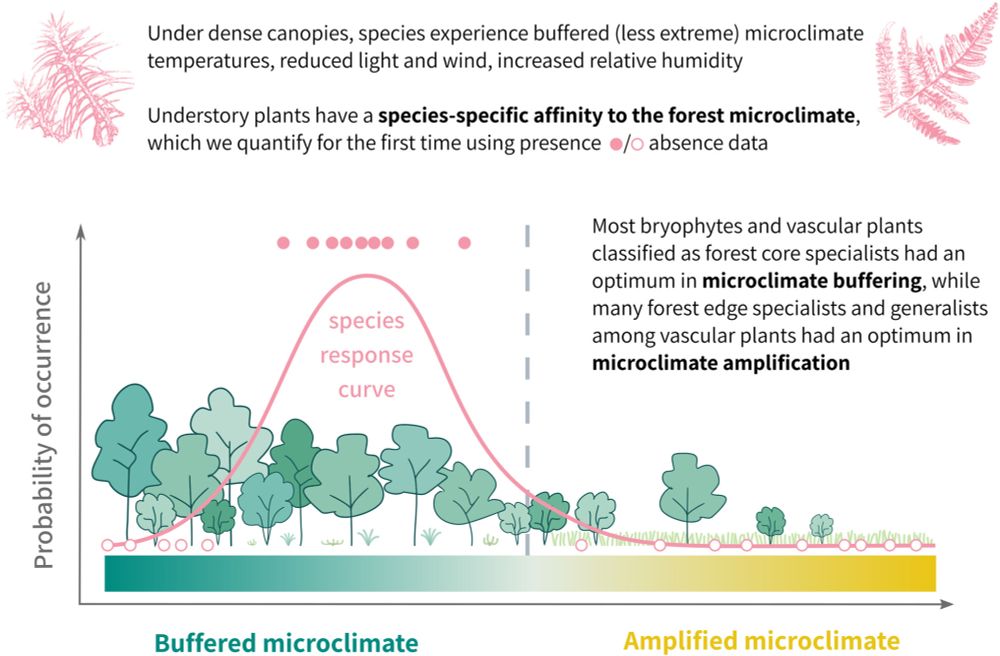
besjournals.onlinelibrary.wiley.com/doi/10.1111/...

